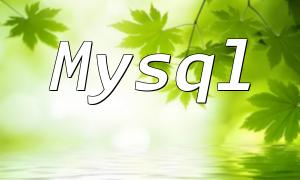PHP is a powerful server-side scripting language widely used for web and system development. On Linux systems, effectively using PHP requires understanding installation, configuration, and debugging techniques. This article offers a complete walkthrough to help developers use PHP efficiently in a Linux environment.
Most Linux distributions include PHP packages, making installation straightforward via package managers.
For Debian-based systems such as Ubuntu, use the following commands:
sudo apt update
sudo apt install phpFor Red Hat-based systems like CentOS, use:
sudo yum install phpAfter installation, you'll need to configure PHP to suit your development or production needs. The configuration files are typically located in /etc/php/ or /etc/php/[version]/.
You can adjust critical settings like memory limits and file upload sizes in the php.ini file. For example:
sudo nano /etc/php/7.4/cli/php.iniAfter saving the changes, make sure to restart your web server to apply the new settings.
When writing PHP code, following best practices and using debugging tools can help ensure code quality and stability.
For quick testing during development, you can use PHP’s built-in server:
php -S localhost:8000Then open your browser and navigate to http://localhost:8000 to view the project.
To improve the reliability of your applications, implement error handling using try-catch blocks:
try {
// Code block
} catch (Exception $e) {
echo 'Error: ' . $e->getMessage();
}Here are solutions to some frequently encountered PHP issues:
Ensure your database connection settings (host, username, password) are correct and that the database service is running.
Check that the upload_max_filesize and post_max_size values in your php.ini file are large enough to handle the files you're uploading.
This guide has covered the essentials of installing PHP on Linux, configuring the environment, debugging, and addressing common issues. With these skills, you'll be well-equipped to develop robust and efficient PHP applications in a Linux environment.









